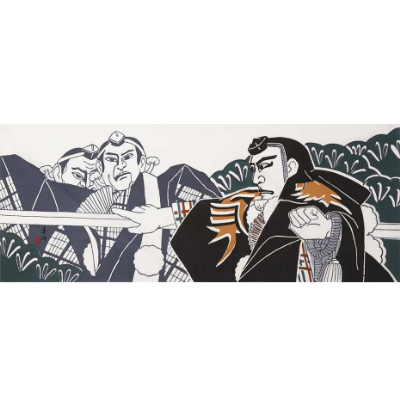
【KABUKI Miscellany】 Episode 8 : Banzuke / Narrated by Tateo Okido
Hello! We are Asanoha, a tenugui specialty shop located in AzabuJuban, Tokyo.
We’re delighted to share a collection of intriguing stories related to Kabuki. These tales are narrated by Mr. Tateo Okido, an expert in Kabuki and the artist behind the original designs of our Kabuki-themed tenugui. Please enjoy this special series, Kabuki Miscellany, presented by Mr. Okido.
Kabuki Miscellany – Episode 8 : Banzuke
At the theater, a monthly pamphlet introducing the performance is sold. Commonly called a sugigaki or banzuke, this booklet includes synopses of each play, cast lists, highlights, actor profiles and attitudes toward their roles, commentary by scholars and critics, and records of past performances. If it’s your first time seeing a play, reading it beforehand significantly deepens your appreciation. For those familiar with the piece, it’s exciting to see “Ah—this actor is playing this role,” and if it’s their first time in the part, you might find yourself cheering, “Go for it!”
When one says banzuke, you might think of the sumo banzuke—a single sheet listing wrestlers’ rankings, tournament dates and venues. Inspired by that format, Kabuki sometimes issues one‑sheet flyers with cast lists and illustrated scenes—actor names in kanteiryū script, crests, and ukiyo‑zōshi‑style theater scenes (which would be comic‑like if speech‑bubbles were added) that Edo commoners enjoyed. On occasion, special “East-West star rankings” were added as supplements to the playbills for kaomise productions.
One of the most memorable issues in my own collection is the October 1, 1962 edition from the Shin‑Kabuki‑Za in Osaka, titled Succession to Ichikawa Danjūrō XI. With a magnificent koi on the cover by Maeda Seison, the 68‑page booklet gives a detailed record of the Ichikawa family and the Danjūrō lineage. It was also the first stage I ever saw. Although television broadcasts of Kabuki occasionally showed Onoe Kataemon VI’s Oiwa etc., it was in high school that I first attended. I remember that the Danjūrō’s return to Osaka was the first in 65 years since the ninth generation, and a grand production backed by the Kansai business and political elite.
Since then I’ve bought a playbill for each performance I attended, and it’s clear that each theater puts its own twist on them. One innovation—though I’m unsure when it began—is the inclusion of post‑war performance records, allowing readers to check: “Wasn’t that role impressive? Who was it then?” and compare with the current cast. So now whenever a play I’ve previously seen is revived, I immediately check that record section. Many modern playbills also include full‑page photos of actors beneath the title. Even bit‑part actors whose performance caught my eye can later become artists to follow—so these images matter. Annual Kabuki diaries exist too, but for the true enthusiast, the records tied to actual performances remain the greatest treasure.
I hesitate to talk purely in terms of profit or loss when it comes to banzuke, but it’s true that those sold early in the run tend to have fewer stage photographs—only pre‑release studio shots—whereas those sold later are filled with abundant performance imagery. Fans of favorite actors buy promotional shots, but since audience photography is prohibited, the photos in the banzuke become all the more valuable. Thus if one hopes to acquire the edition with the most stage photographs, one finds oneself attending later in the run. I still intend to ask theatres exactly on which day the edition changes, but haven’t done so yet.


Our tenugui are available at the Kabuki-za gift shop. Be sure to stop by during the makuai intermission and take a look!




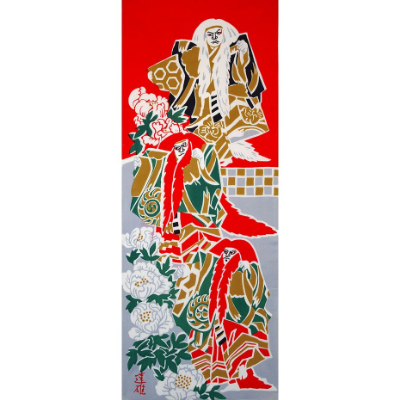


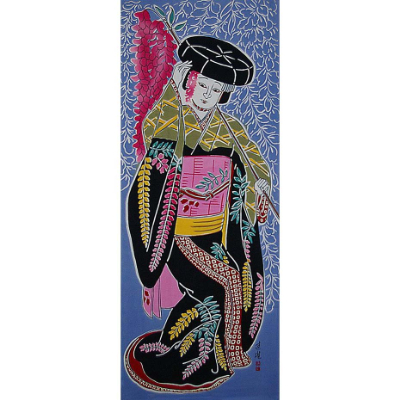
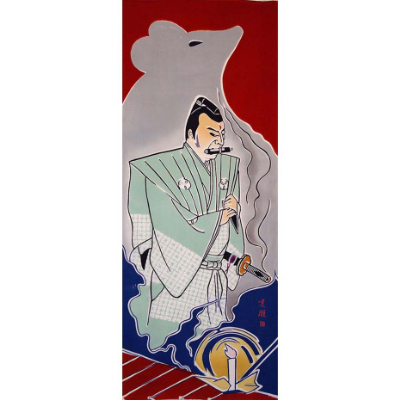
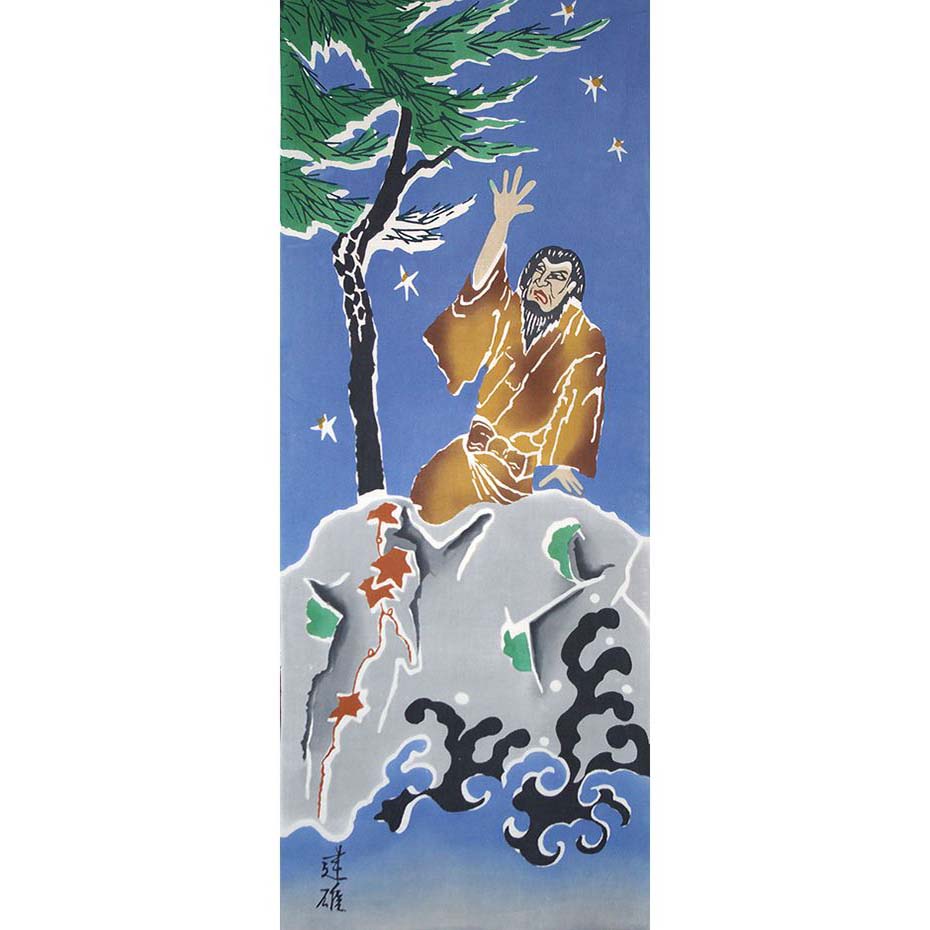



」.jpg)
